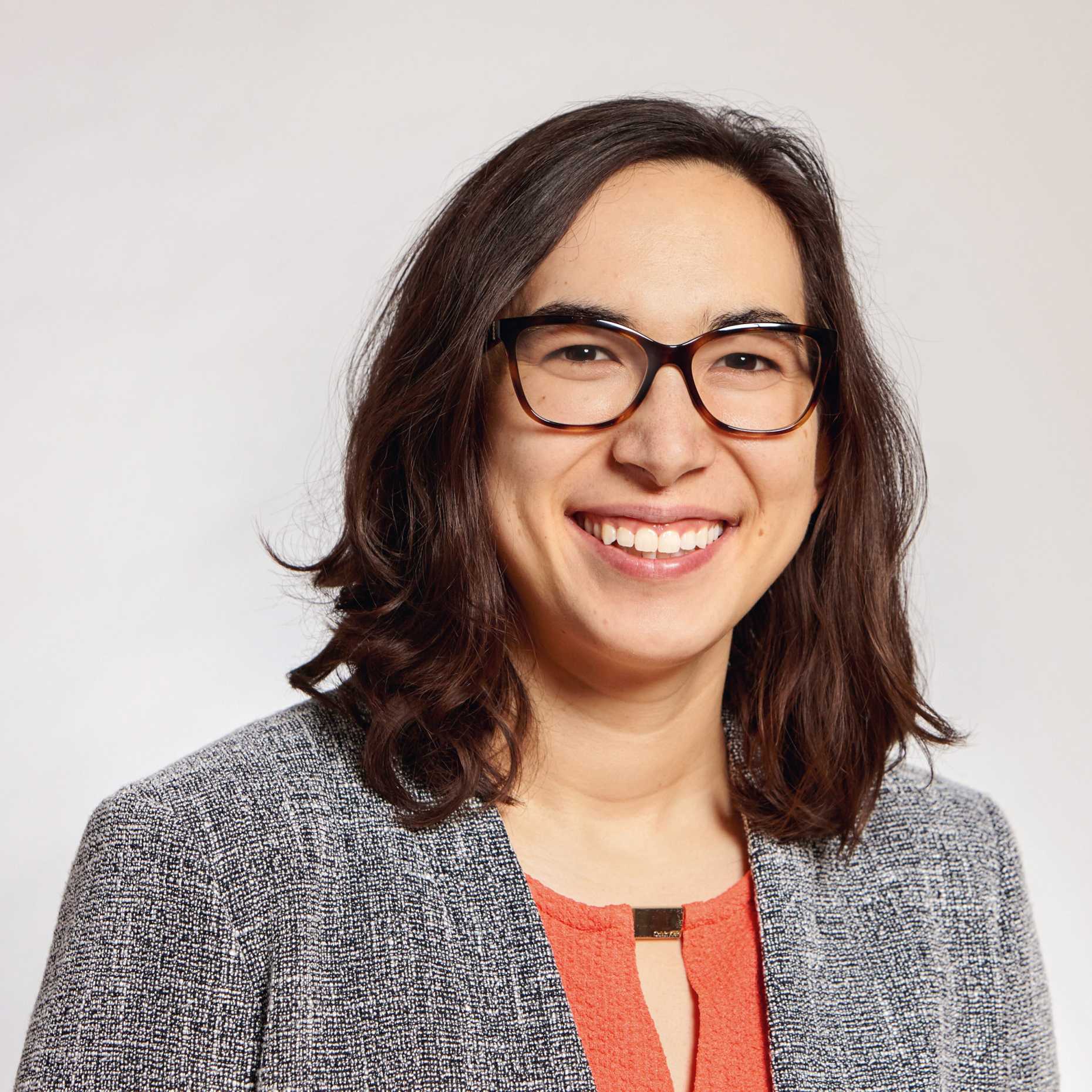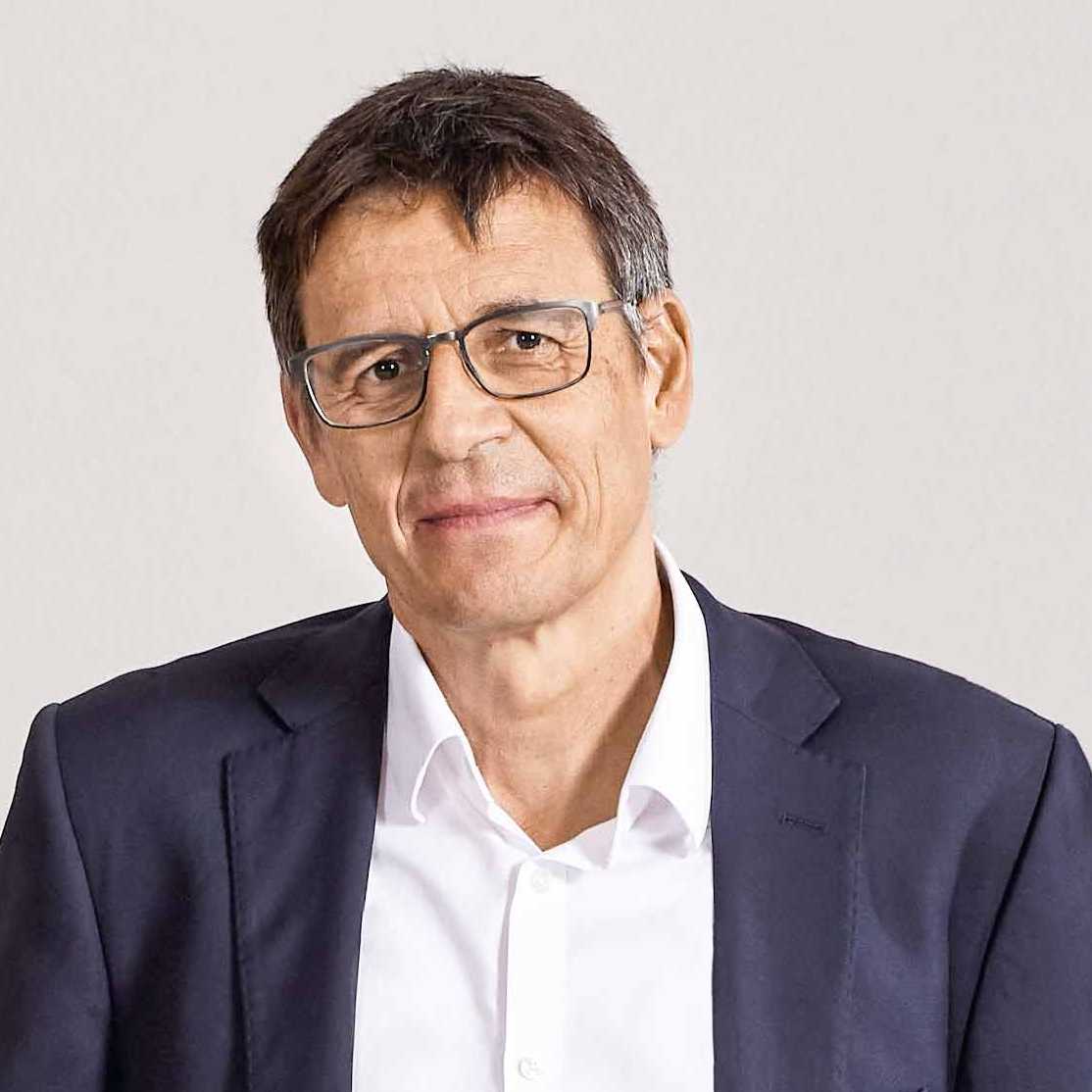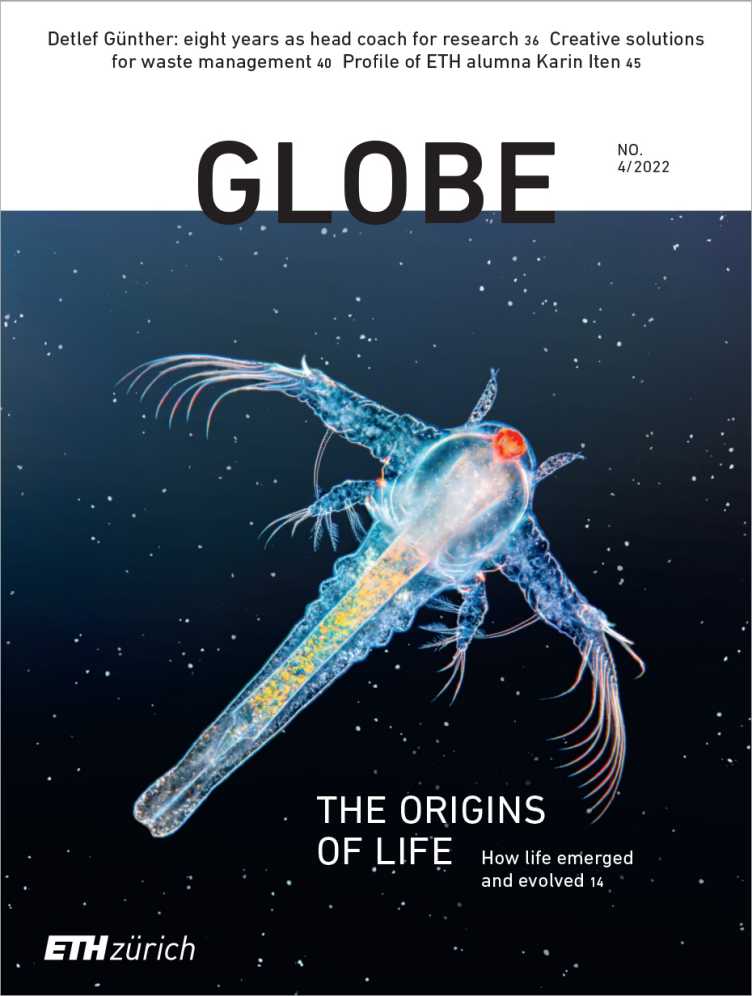Playgrounds in the universe
Nobel laureate and astrophysicist Didier Queloz and earth scientist Cara Magnabosco on the origin of life on Earth, complex life beyond our planet, and the inevitable end of every life.
You’re both tackling the big questions about the universe. Doesn’t it sometimes make you feel small and insignificant?
Didier Queloz: Yes, it does indeed. But that’s not a problem; I think it’s one of the privileges of working in discovery science. If you really want to explore the unknown, you need to be humble because you never know what you’re going to find. Being humble is a desirable quality in a researcher. Science is really amazing when the timeline you’re working along extends over billions of years; you prepare for the future by building on the past. This is a key aspect of the newly founded Centre for Origin and Prevalence of Life.
Cara Magnabosco: As an earth scientist and someone who studies evolution, I explore the Earth’s history and the timeline of human evolution. Our lifespan is so short when you compare it with the age of our planet.

“Our lifespan is so short when you compare it with the age of our planet.”Cara Magnabosco
What do you focus on specifically in your research, Cara?
Magnabosco: I focus on the interaction and feedback between living and non-living systems. One of our key questions is: What does a non-living world look like – and what happens when you inject life, metabolism and diversity into it?
Do you have enough time to devote to your own research? You’re both in the centre’s directorate, which brings together 40 research groups.
Magnabosco: We have to make an effort to set aside sufficient time for events and discussions. This pays off as it enables us to make major strides in our research. The entire team at the centre is really supportive.
Queloz: I decided to cut my research time by half to commit myself to the centre’s development. Founding the centre has actually multiplied my research and changed the way I engage in it. It’s no longer all about me and my team working in the lab; now it’s about me working in a larger group of people who’ve joined forces to address one of the universe’s biggest questions ever. This way of working also has an impact on our academic culture, where egoism and selfishness are often common traits. In this sense, the centre is also a fascinating psychological experiment.
What can you learn from each other as earth scientist and astrophysicist?
Magnabosco: Now that we’ve discovered thousands of exoplanets and gathered vast amounts of knowledge and data from observing them, the next stage is to find out more about their composition, interior, surface and atmosphere. For me as a geobiologist who studies the evolution of life throughout Earth’s history, these planets represent thousands upon thousands of new playgrounds, histories and atmospheres that could potentially support life.
Queloz: If I want to talk about rocky planets, I go to a planetary scientist. When it comes to Earth-like planets, nobody knows more than a geophysicist. A chemist studying the origin of life who wants to find out the chemical composition of a planet’s surface goes to Cara. So it’s like a big jigsaw. You can’t really tackle the question from just one angle: if you do, you might end up making the wrong assumptions. That’s the centre’s strength – it’s a melting pot of expertise, talent and ages.
Didier, you’ve been doing research for over 30 years; Cara, you’re just 33 years old. Are there differences between research generations?
Queloz: The young generation is way more clever than the older one. Because there’s more to learn now, it’s more challenging. While I think both generations adopt the same attitude to research, the younger generation is more energetic and more creative, which is crucial for progress. But researchers who combine pure energy and extreme creativity can easily fall into traps and make mistakes. That’s why it’s great we have a mix of young researchers and seasoned experts at the centre. I’m delighted that Cara decided to come on board.
Cara, what fascinates you most about your research?
Magnabosco: The life you find deep underground. These are systems that have no present-day input from the surface; organisms that have no access to carbon and oxygen derived from photosynthesis. Underground, we see what reactions are possible in the absence of life – between water and rock alone. I investigate how life can harness energy if it’s added to the mix. How can these organisms survive? Their populations seem to grow and turn over a lot more slowly than organisms on the surface. Exploring the community dynamics is what I find most exciting in my field.
Didier, you discovered the first exoplanet ever, and received the Nobel Prize for that achievement. What other milestones have there been in your research field?
Queloz: The second milestone was getting people to believe what we had discovered. Seriously! It was a big challenge; it took about four years to convince the scientific community of our findings and for them to understand the implications. This was the start of a series of fantastic advances that led to the development of a technology that would help us detect lots of other planets.
Is there complex life beyond Earth?
Queloz: We scientists are crazy, but we’re not crazy enough to look for something we don’t think we can find! We assume there’s plenty of life in the universe – but the question is whether we’ll ever find it. Frankly, I don’t know.
Magnabosco: I think there’s a high likelihood of it being out there. Especially if we accept that the very existence of cellular life indicates the potential existence of complex life. Any cell – broadly defined as something that separates and concentrates biological material – is pretty sophisticated. I’m optimistic that one day we’ll have evidence of the existence of complex life beyond Earth.
Queloz: There’s nothing more complicated than a cell, because it goes through many permutations before evolving into a cell. The cell is the ultimate perfection of life. So the question is, does life start in a cell? And once we have a cell, does it need special conditions before it can cluster with other cells? Hopefully, we’ll be able to answer these questions one day.

“We assume there’s plenty of life in the universe – but the question is whether we’ll ever find it.”Didier Queloz
Your research is about the origin of life. How do you relate to death?
Magnabosco: I relate pretty closely to it in my research. We look at deep environments where organisms slow down and die. Death is really fascinating to me.
Queloz: The human brain means we can make plans and think about the life we want to have in the future. That’s an amazing privilege. But one of the challenges of such a talent is that it enables us to envisage our own end. And this prompts us to ask questions such as, why do I have to die? Questions that have no answers. That’s perhaps why we all tend towards some kind of spirituality. We need this spiritual element if we’re to understand the world. But the more our society understands the world, the more dangerous it becomes. And not only dangerous to other species – of which we’ve destroyed quite a few over the last century – but to our own as well. This is why I believe we’re reaching a moment in human history when we should be thinking about the future of humankind. Looking for the origin of life and life on other planets is one way of gleaning answers about the unknown and of sustaining interest in it.
About
Didier Queloz is a Nobel laureate and Professor of Exoplanets at ETH Zurich. He is Director of the Centre for Origin and Prevalence of Life (COPL).
Cara Magnabosco is Assistant Professor of Geobiology at ETH Zurich and Associate Director of the Centre for Origin and Prevalence of Life.

Comments
No comments yet